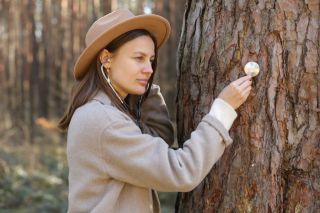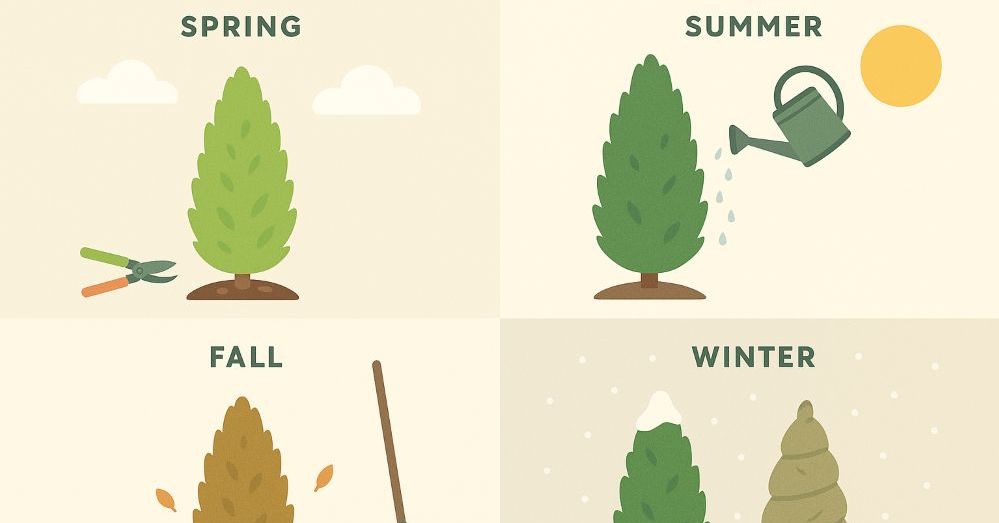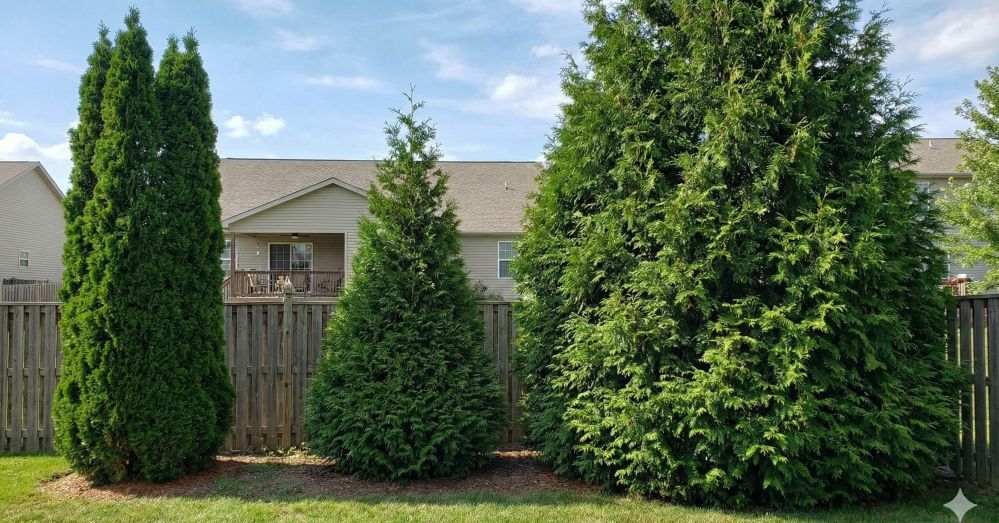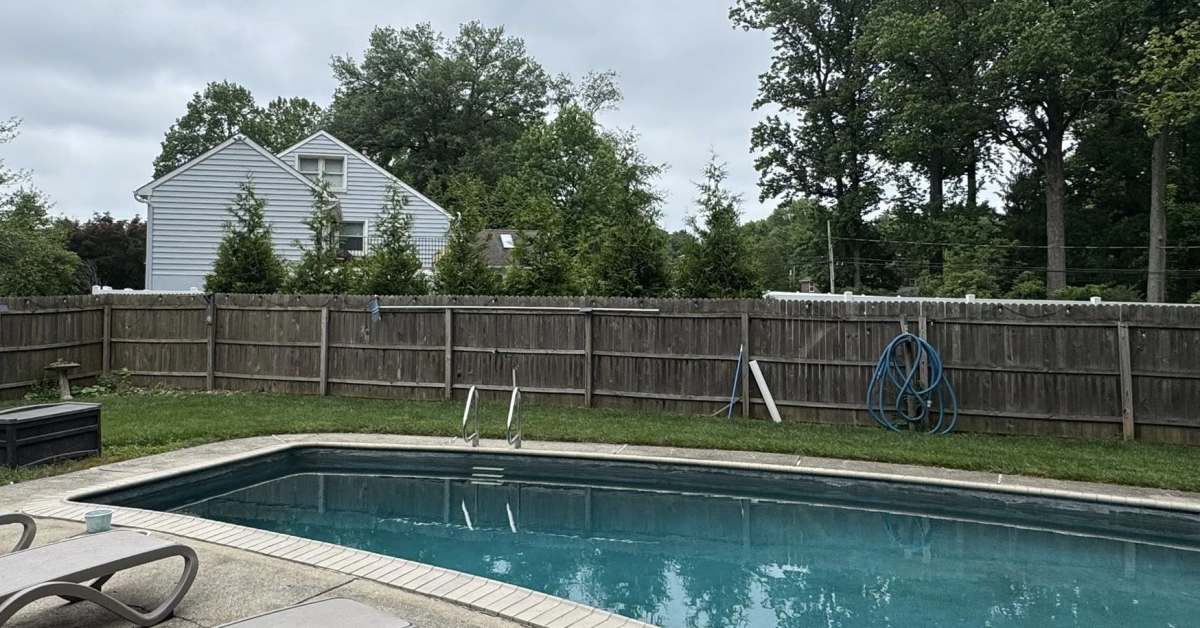
In the world of tree care, misinformation can be as widespread as it is harmful. Misconceptions about how to properly care for trees can lead to unhealthy growth, disease, and even tree death. In this blog post, we'll debunk some of the most common tree care myths, helping you to make informed decisions and ensure the health and longevity of your trees.
Myth 1: Drastic Pruning Equals Vigorous Growth
The Reality: Drastic pruning, often termed as "topping," can be detrimental. While trees like the Arborvitae can tolerate moderate pruning, excessive cutting can lead to weakened structure and disease susceptibility. Consider the Japanese maple, which requires thoughtful, minimal pruning to maintain its elegant form and health.
Myth 2: Trees Are Fine Left Completely to Nature
The Reality: While trees in the wild thrive without human intervention, the same doesn't hold true in landscaped or urban settings. Take the Green Giant Arborvitae, for instance, a popular choice at Rolling Fields Tree Farm. It thrives with occasional pruning and mulching, especially in urban settings where natural nutrient cycles are disrupted.
Myth 3: The Best Time to Prune Trees is in the Spring
The Reality: Pruning times vary by species and purpose. For many trees, late winter or early spring, when the tree is still dormant, is ideal. For fruit trees like apple or peach, late winter pruning promotes vigorous spring growth. On the other hand, Oaks and Elms are best pruned in mid-summer to prevent disease spread.
Myth 4: Watering Trees Deeply and Infrequently Is Always Best
The Reality: Watering needs are species and condition-specific. Young saplings, like those of the Green Giant Arborvitae, often require more frequent watering to establish roots, unlike mature Oak trees which prefer deeper, less frequent watering.
Myth 5: A Tree with a Hollow Trunk is a Dead Tree
The Reality: Trees can live for many years with a hollow trunk. The vital part of the tree is the outer layer of bark and just beneath it. However, a hollow tree may have structural issues and should be inspected by a professional arborist for safety.
Myth 6: More Mulch Around a Tree is Always Better
The Reality: Excessive mulching can suffocate tree roots and invite pests. A balanced approach, as seen with fruit trees, involves applying a modest layer of mulch to retain moisture and regulate soil temperature, without smothering the base.
Myth 7: Any Fertilizer Will Boost Tree Growth
The Reality: Trees have varying nutritional needs. Arborvitaes, for example, require a balanced fertilizer, typically with a higher nitrogen content for lush growth. In contrast, fruit trees might need a fertilizer with higher phosphorus content to promote healthy fruiting. Soil testing is the best way to determine the specific needs of your trees.
Debunking these myths is essential for anyone looking to maintain healthy, vibrant trees. Whether you're nurturing the robust Green Giant Arborvitae or a delicate fruit tree, understanding their specific needs is key.
For readers eager to delve deeper into tree care or seeking quality Arborvitaes, Rolling Fields Tree Farm is your go-to resource. As the Mid-Atlantic's largest supplier of Green Giant Arborvitae, we not only offer top-quality trees but also expert advice on their care. Visit us at Rolling Fields Tree Farm for more information and personalized assistance. Remember, the right knowledge is the root of healthy tree care!
.png)



